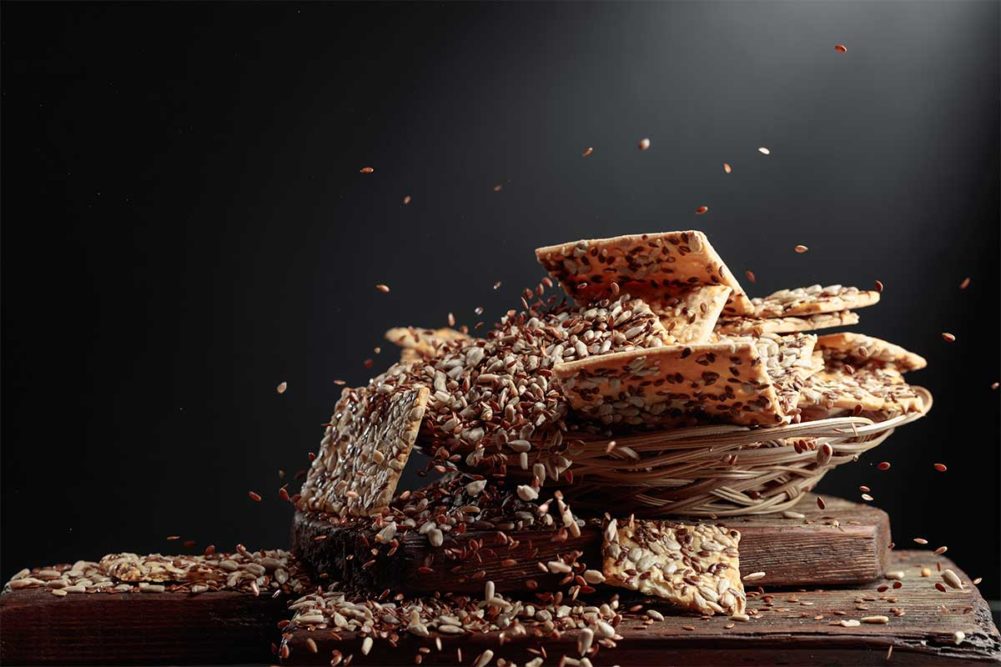 Josh Sosland, editor of Milling & Baking News
Josh Sosland, editor of Milling & Baking NewsKANSAS CITY — At the Consumer Analyst Group of New York conference last month, remarks by Luca Zaramella, chief financial officer of Mondelez International, Inc., focused on progress the company has made enhancing its portfolio. Numerous aspects of Mr. Zaramella’s remarks about the strategy pursued by the nation’s largest cookie/cracker company deserve the attention of grain-based foods executives.
Mr. Zaramella offered updates on several companies acquired by Mondelez in recent years. The acquired businesses appear to be performing well. Additionally, the companies either are grain-based foods businesses or are positioned to deepen Mondelez’s position as a grain-based foods leader.
That numerous companies acquired over a period of a few years would perform well is anything but a foregone conclusion. An oft-cited study published in the Harvard Business Review indicated that between 70% and 90% of mergers and acquisitions fail to achieve management’s investment thesis or fail outright. Frequently, problems with an acquisition become apparent quickly. After enthusiastic announcements, smaller acquisitions often disappear, never to be discussed by the buyer again.
In the food sector, examples abound of high-profile acquisitions that did not pan out. Corner Bakery, which filed for bankruptcy protection last month, failed to gain traction under numerous owners. Most notable among these was Brinker International Inc., which acquired Corner Bakery in 1998 and shared plans to open as many as 1,500 of the shops before 2010, plans that never materialized. Even after recent progress, shares of Kraft Heinz Co. remain down more than 50% from highs reached not long after the 2015 merger of Kraft and Heinz.
Plenty of successful acquisitions may be cited as well, with the Kellogg Co. purchase of Pringles, the Flowers Foods, Inc. purchase of Dave’s Killer Bread and, going back to the 1990s, Au Bon Pain’s acquisition of the Saint Louis Bread Co. (later renamed Panera) among notable transactions that turned out well.
Mondelez has been transparent about its acquisition ambitions. In his remarks in February, Mr. Zaramella repeated a Mondelez goal first announced last September to accelerate sales and profits by becoming more focused on its chocolate and biscuit businesses. The company seeks returns well above its cost of capital and strives to become an “integration machine,” generating strong synergies and helping acquired brands grow through the company’s “global footprint, distribution muscle, supply chain, marketing excellence and financial discipline.”
Its recent string of grain-based acquisitions began in June 2018, with the purchase of Tate’s Bake Shop. With annual sales at the time of about $35 million, Tate’s, a maker of premium cookies, represented a rounding error relative to Mondelez’s annual revenues of about $26 billion.
Mr. Zaramella said Tate’s sales have doubled since it was acquired and expressed the view the company has “a lot of potential” with more distribution points, new products and “growing the platform in baked snacks or ‘chocobakery.’”
Discussing other recent acquisitions, he said Mondelez was pleased with the performance to date of Give & Go, a maker of bite-size cakes and pastries, averaging more than 20% revenue growth over the last two years; Chipita, a baker of cakes and pastries that enjoyed double-digit revenue growth in 2022; and Clif Bar, a major player in the snack bar category, also growing at a double-digit rate.
Ricolino, acquired by Mondelez from Grupo Bimbo SAB de CV, is a confectionery company, but here, too, opportunities to advance the company’s grain-based business play an important role. Citing Ricolino’s 2,100 direct-store delivery routes and 440,000 sales outlets, Mr. Zaramella said Ricolino would allow Mondelez to gain share in biscuits and chocolate “while accelerating our entry into cakes and pastries.”
It would be premature to call the Mondelez acquisitions a proven success. Yes, Tate’s sales have climbed to more than $70 million per year, but Mondelez paid a hefty $528 million for the business. Still, Mr. Zaramella’s narrative shows a focused, well-resourced strategy playing out well so far at Mondelez, one with great potential for grain-based foods.






